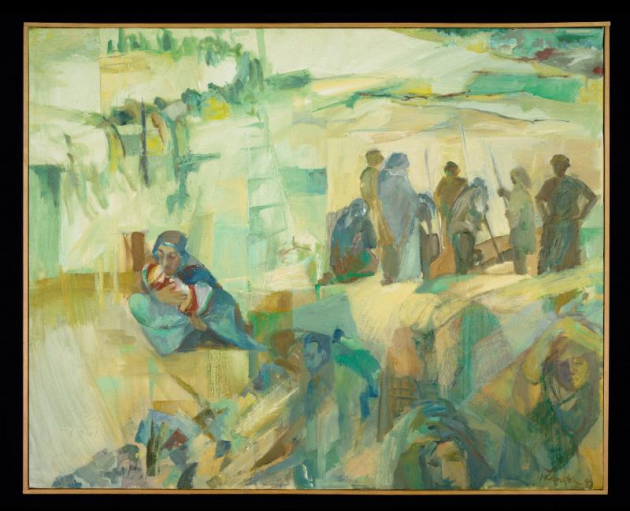
Art in Exile Showcases Work by Artists Who Escaped the Nazis

“Old Walls by the Sea” by Mina Krocherthaler, ~1968
Art in Exile, Leo Baeck Institute
Dispossession has been an historical constant, but during World War II thousands of German Jews with the means to escape Hitler’s rule found sanctuary in countries throughout the world. Of course, there were challenges aplenty; still, many thrived, finding personal and professional toeholds wherever they landed.
Some found solace in creativity, something that is showcased in Art in Exile: Paintings by German-Jewish Refugees, an exhibition now on display at New York City’s Leo Baeck Institute (LBI). The show homes in on the creativity of 11 artists who used painting, drawing and collage to explicate their refugee status and illustrate feelings of gratitude, fear, joy, loneliness, and apprehension. Four of the 11 are women.
Dr. Magdalena M. Wrobel, project manager at LBI, notes that in choosing the art, the curators sought a range of styles. But, she adds, they also wanted to illustrate a range of life trajectories. The goal? “To cumulatively demonstrate how an oppressive regime, exclusion, persecution, and finally exile can influence the artistic creativity of those afflicted in various ways.” In addition, Wrobel adds that in order to be included, the works had to be in good condition despite the passage of time and be available for the six-month duration of the show.



